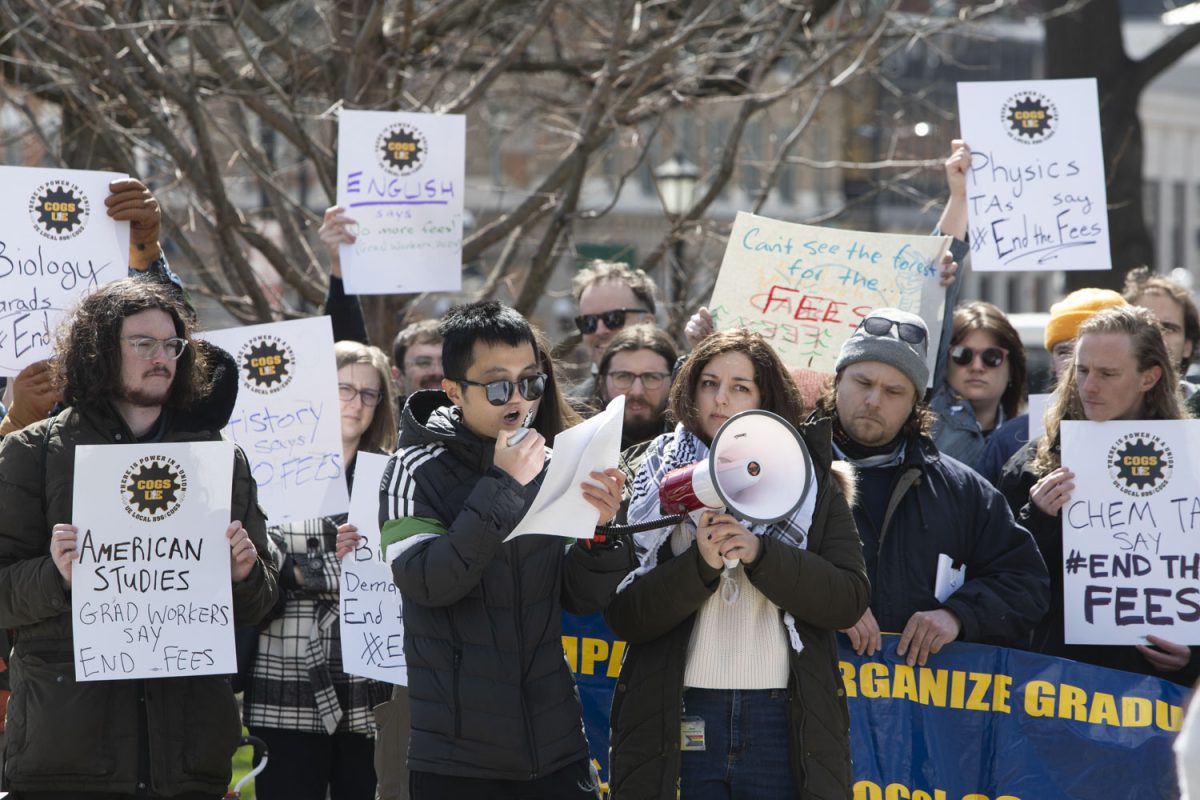By Travis Coltrain
Since former President Nixon declared a “war on drugs” in 1971, the battle has been going strong. However, the focus has shifted since the 1970s. The war has begun to attack drugs such as marijuana that have no reported overdoses, when authorities’ time should be focused on drugs with reported deaths.While the illegal substance epidemic is an issue that needs addressing, the addiction to legal prescription medicine always seems to be swept under the rug when it comes to the war on drugs. U.S. citizens haven’t realized just how much of an issue abuse of prescription medication is, which is why the sights of the war haven’t been completely on target.
Even in the 1970s, prescription drugs ran rampant, yet managed to continue to stay under the radar, most likely because of the large amount of anti-drug campaigns focused on illegal drugs. It wasn’t that people didn’t care, they just simply weren’t informed.
For example, the U.S. of Health and Human Services Department reported 646 deaths in 1978 related to drug abuse. However, of the 646 deaths, 473 of them were due to prescription medication, but that wasn’t mentioned in the anti-drug campaigns, which were commonly funded by Big Pharma companies.
This continues even into the present day. In 2016, for example, Insys Therapeutics Inc. put $500,000 toward defeating Proposition 205 in Arizona, which called for the legalization of marijuana for persons at least 21.
Insys Therapeutics is the creator of the spray form of the opiate fentanyl. The Centers for Disease Control & Prevention defines fentanyl as a synthetic opioid that is 50 times more potent than heroin and 100 times more potent than morphine. Prop. 205 did not pass, losing to the 51 percent of Arizonans who said no. However, that same year, deaths from synthetic opioids rose 73 percent to 9,580, with more than 500 of those deaths due to fentanyl, according to the CDC. Yet, Insys thinks the war on marijuana is the issue that deserves half a million in donations.
This raises the question: Was Insys’ purpose for battling the bill to keep the people safe, because if so, why not keep the people safe from the very drug it distributes and promotes?
In 2005, the Health & Human Services reported 22,400 drug-related deaths. Prescription drugs were the cause for 45 percent of those deaths; cocaine, heroin, methamphetamine, and amphetamines combined accounted for 39 percent of the deaths.
However, critics argue that prescription drugs are harder to get because people need a prescription to get them. However, this is untrue. Where there is a will, there is a way.
Drug dealers have found ways to make drugs such as fentanyl, commonly combining them with illicit drugs such as cocaine and heroin, creating a stronger version of the prescribed form.
The CDC reported from 2013-2014 there was a 115 percent increase in fentanyl deaths in Florida, and during the first half of 2015, 55 percent of fentanyl deaths from Florida tested positive for heroin or cocaine, because the pill had been mixed with such substances.
Staying informed and educated is the best way to fight against Big Pharma corporations such as Insys. Educate your family and friends on the prescription-drug issue, and remember addiction is a silent disease that its victims cannot always see.










